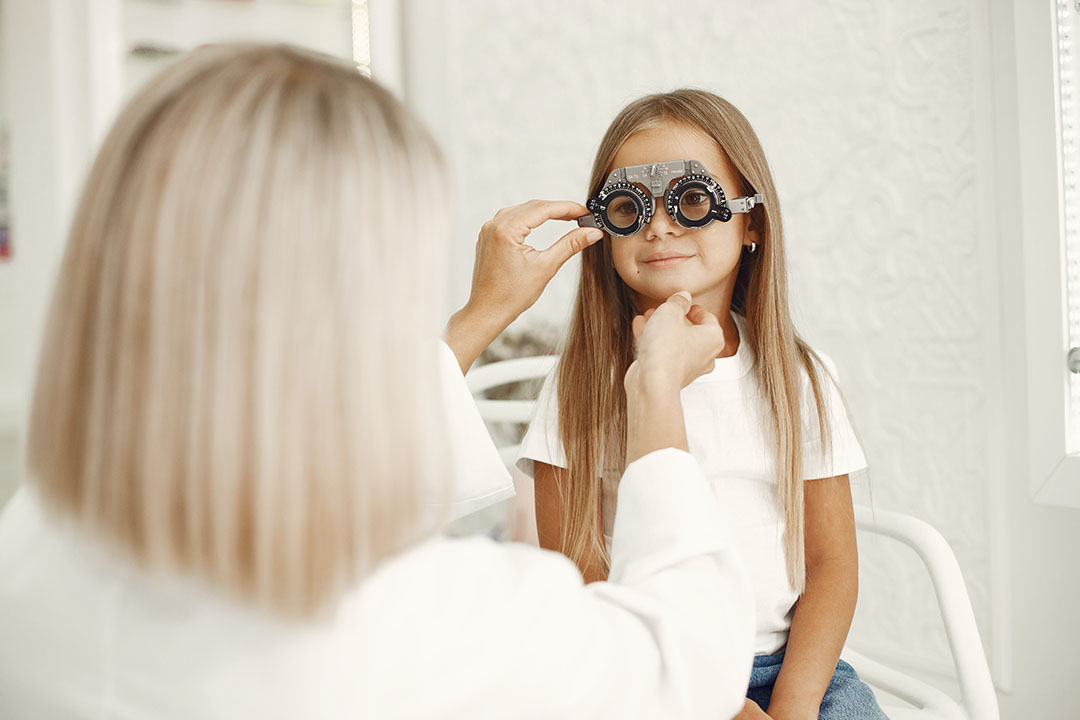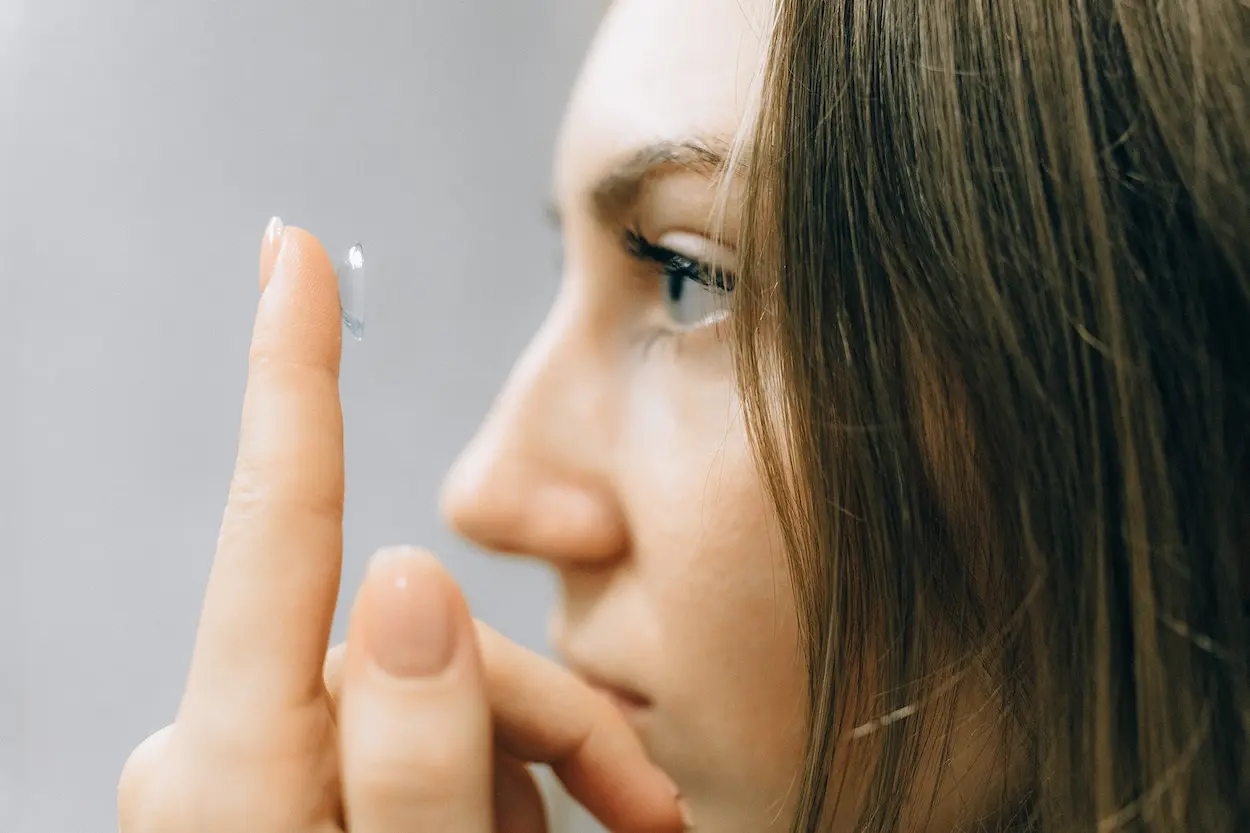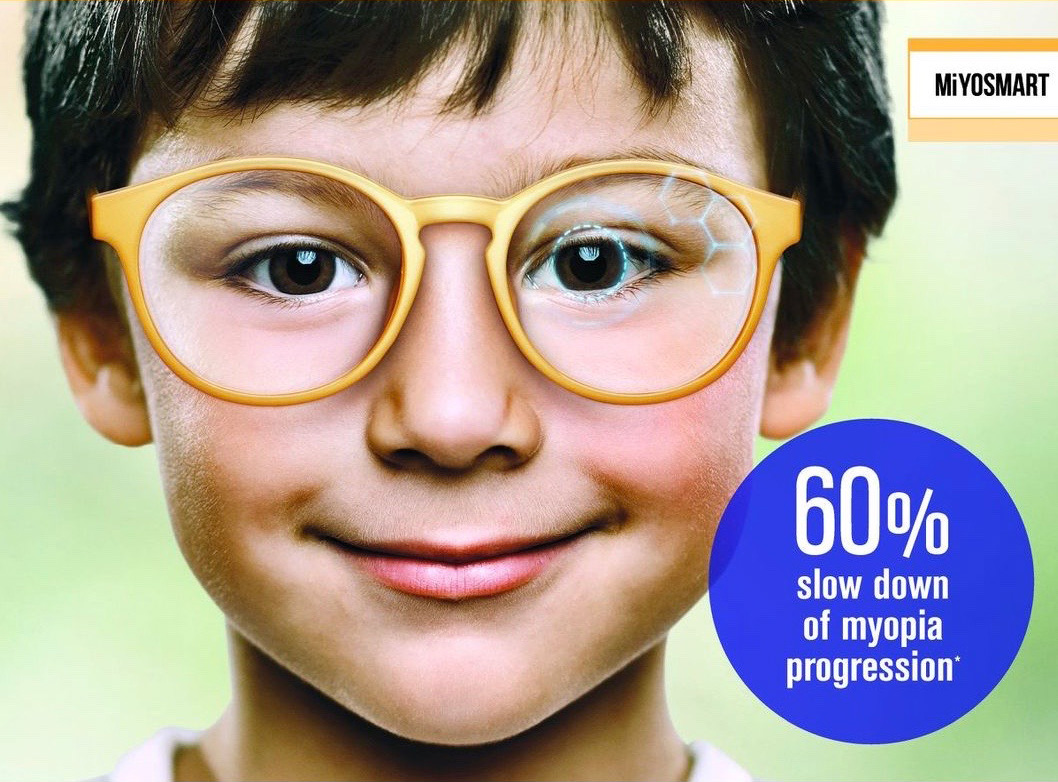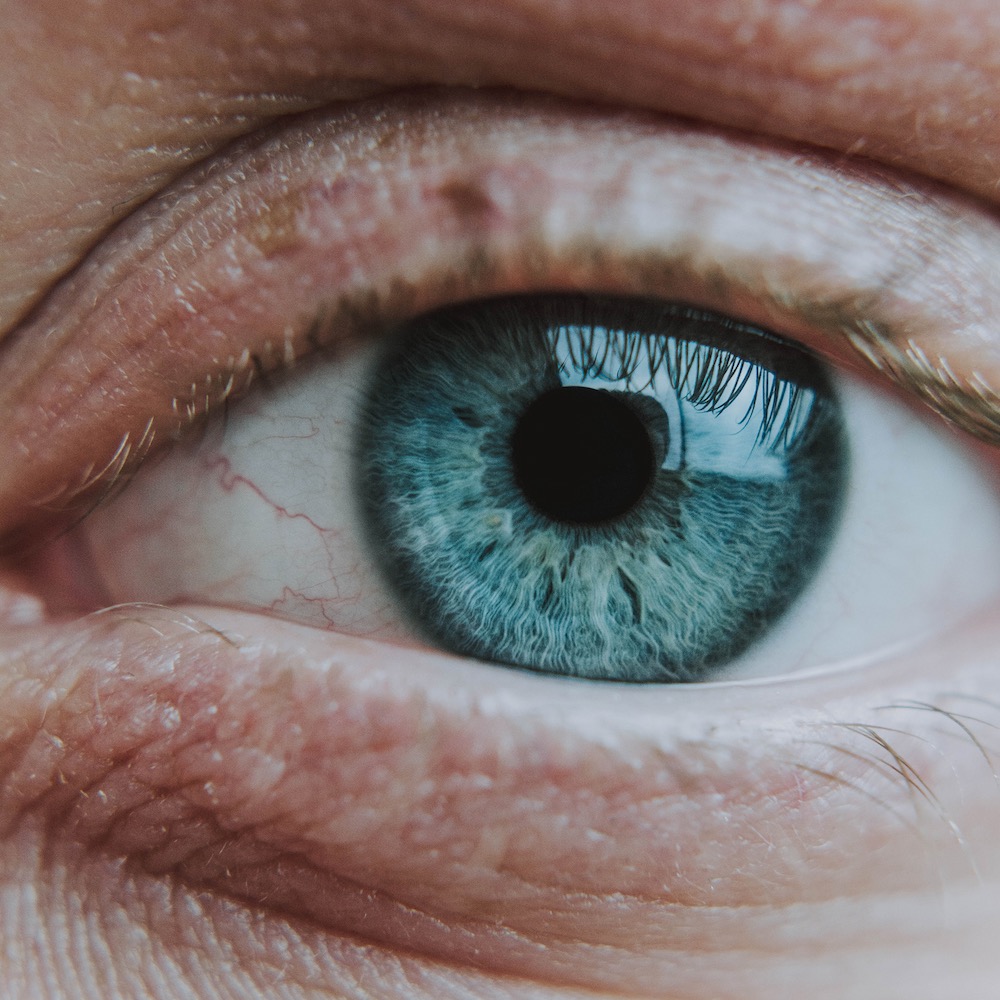How Will You Test My Child’s Eyes?
Finally, everyone’s schedules align and your child is booked for their annual eye exam! Hold on…how will you test my child’s eyes? My child doesn’t know their alphabet yet. Should I wait until they’re older? The answer is No.
Children should have their first eye exam at 6 months of age and every year thereafter. While getting your child’s feedback is important, it is not needed to get accurate results. Here are 5 key areas we will test for during your child’s eye exam.
Eye Health
Your optometrist will not only test your child’s vision but will also examine the health of your child for eye disease. Your child can be born with an eye disease or it can develop shortly after birth.
If your child’s eye disease is not caught early they will miss their chance for early treatment. Early treatment is your child’s best chance to save their vision and prevent permanent blindness.
Functional vision
Your child’s eyes, brain and signaling pathway must all be in sync for their visual system to work and develop. If your child’s entire visual system isn’t working together, your child won’t be able to navigate and interact with their environment in a meaningful way.
Lazy Eye (Amblyopia)
Your child can develop a lazy eye when one eye doesn’t see as well as the other eye. The brain only pays attention to the clear image from the good eye and it ignores the blurred image from the bad eye. By ignoring the bad eye, the brain slows down its growth and development.
If your child’s lazy eye isn’t treated in a timely manner it can become permanent. This can jeopardize your child’s independence by complicating their ability to pass their driver’s test or limiting their career options.
Eye Turn (Strabismus)
Eye turns can be complicated; your child can be born with an eye turn or it can even develop later in life. If your child is born with an eye turn, it is often caused by a weak eye muscle. If your child develops an eye turn later in life, it is often caused by blurred vision. In either case, the brain will ignore the turned eye causing it to become a lazy eye. This can have long lasting effects on your child’s social success and mental wellbeing.
Eyeglasses (Refractive Error)
Most children are born farsighted with astigmatism in low amounts, and this is normal. However, in moderate to high amounts of farsightedness, nearsightedness and astigmatism your child will require eyeglasses to help clear their vision. 80% of learning is visual and in order to learn your child must be able to see clearly!
Book an Appointment Now
Bring your child in for their eye exam today to help them see better and do better at the things that matter. Annual eye exams, starting at 6 months of age, can help detect and treat vision problems in a timely manner to promote academic and social success.
Disclaimer: This blog is not intended to be used for diagnosis or treatment. Anyone experiencing an eye health condition should consult their eye care professional.







